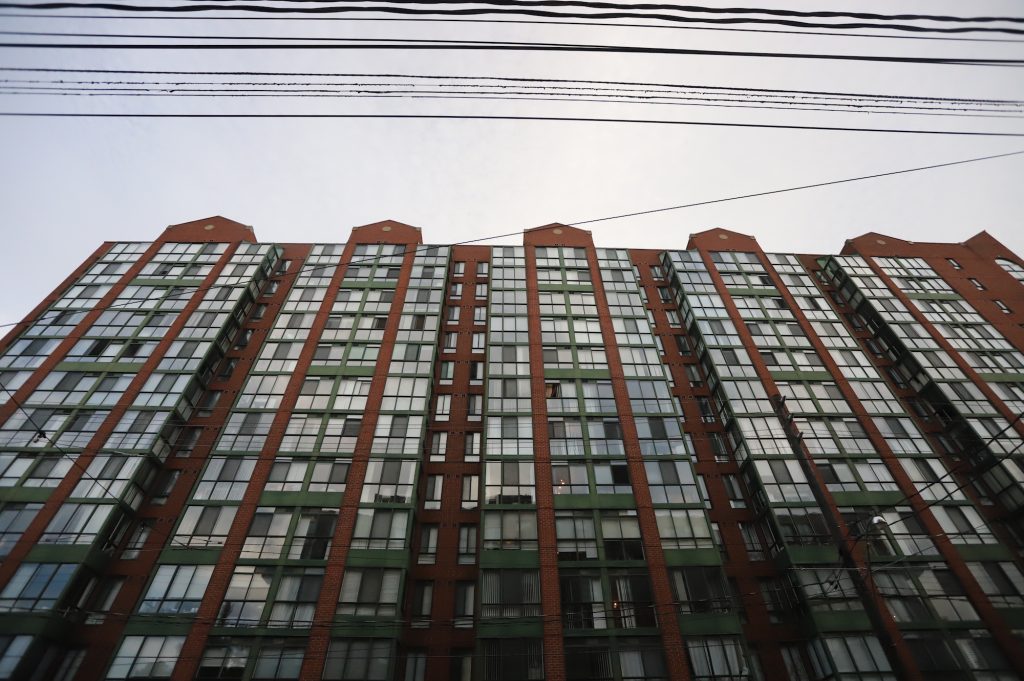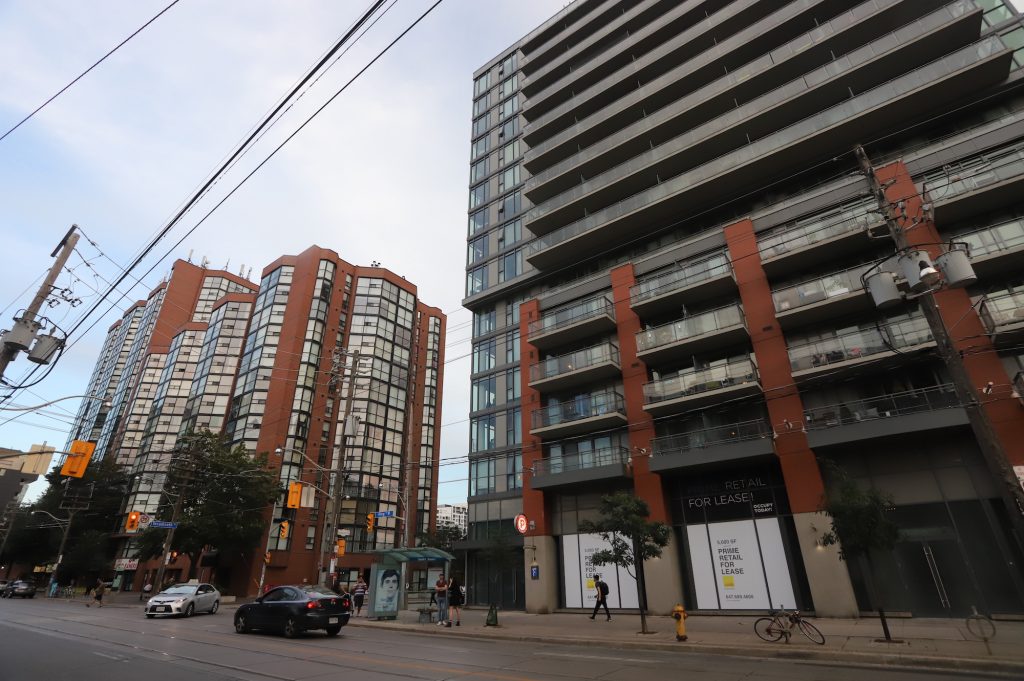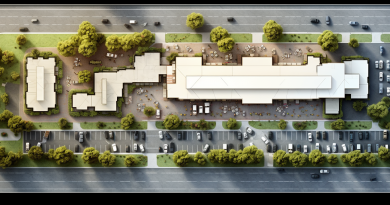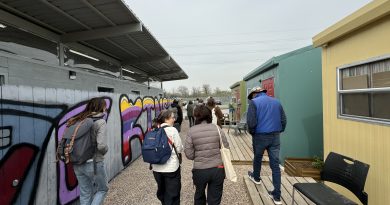Canada Trip IV – Toronto’s Vertical Suburbs
There is this old chestnut in the right wing media echo chamber that goes something like this: “Capitalism provides variety! People like variety! Socialism will limit variety!” Making the rounds these past couple of weeks is a photo of a grinning asshole in a Cuban supermarket showing off well-stocked aisles full of identical products. (Never mind how impressive it is that a communist country shut out of trade with the US can actually fully stock an entire store.) Of course, capitalists forget that markets aren’t actually ‘free’, and so maximizing density maximizes profit maximizes utility.
So, then, of course, capitalists build buildings like this:
To say nothing, of course, of suburbia itself. It is true that these glassy megaliths of homogeneity
Of course, we could avoid a lot of this homogeneity by improving capital access and allowing small developers to densify areas that are far lower density to begin with. Toronto has a large amount of really ugly building stock at the lower end of mid density (2-3 story, 2-3 apartments). It’s the kind of thing that when you aggregate it over a district, the density numbers look quite respectable. But when you average it out over parking lots, it’s pretty weak. This configuration, combined with how hard and expensive it is to actually get capital to do development in a labor-restricted market, leads to clear-cutting of entire blocks to build the above monstrosities. Which effectively amount to the urban equivalents of vinyl-sided tract housing in subdivisions.
In other words: Using zoning to restrict better lower-density development pushes development toward extremes like these bad boys.
I suspect Toronto’s housing market will dip substantially in the next recession given the percentage of total economic capitalization that is wrapped up in the unholy marriage of the stock market and the real estate market. But if we don’t improve the capital structures that make it easier to build these hideous monstrosities, we’re more likely to end up with Toronto’s Liberty Village than, say, Berlin’s Prenzlauer Berg. Just something to think about.




